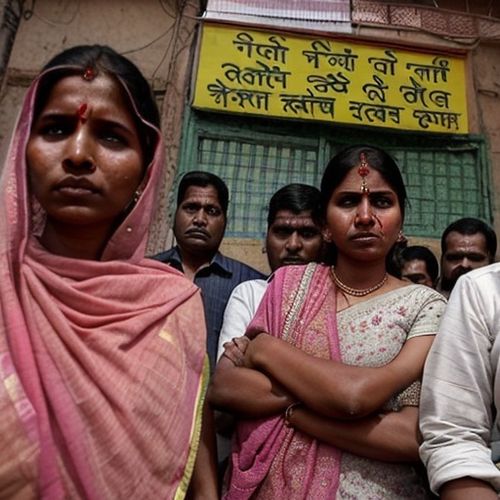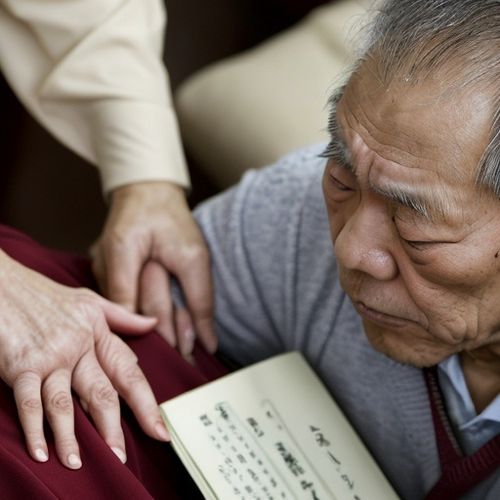The shifting landscape of marriage and childbearing in Japan under the Reiwa era reflects a complex interplay of socioeconomic factors, cultural evolution, and policy challenges. As the world's third-largest economy grapples with a rapidly aging population and record-low birth rates, the personal decisions of young Japanese regarding family formation have become a matter of national significance. This phenomenon extends beyond mere demographic statistics, revealing profound transformations in values, gender dynamics, and individual aspirations within contemporary Japanese society.
Traditional notions of lifetime employment and male-breadwinner households are crumbling under the weight of economic uncertainty. The Reiwa generation (those coming of age after 2019) faces precarious employment conditions markedly different from their parents' stable corporate careers. Temporary contracts and gig economy jobs have replaced the guaranteed lifetime employment that once enabled young couples to confidently plan families. This economic insecurity manifests in what sociologists term "the postponement syndrome" - where marriage and childbearing get indefinitely delayed as financial foundations remain unstable.
Gender role expectations have become a particularly contentious point in contemporary Japanese relationships. While government campaigns promote shared household responsibilities, corporate culture still largely assumes women will resign upon childbirth. This contradiction creates what working women describe as an impossible choice between career progression and family life. The phenomenon of "konkatsu" (marriage hunting) reveals the persistent pressure to marry, yet many women now prefer staying single rather than entering traditional marital arrangements they view as disadvantageous.
Urbanization patterns further complicate the picture. Tokyo's gravitational pull concentrates young professionals in expensive metropolitan areas where small apartments barely accommodate singles, let alone growing families. The spatial constraints of city living interact with financial pressures - even couples who might desire children often cannot envision raising them in 40-square-meter homes with exorbitant daycare waiting lists. Regional revitalization programs attempting to lure young families to rural areas meet limited success, as these locations often lack the employment opportunities and social infrastructure young professionals require.
Technological saturation has introduced paradoxical effects on relationship formation. While dating apps theoretically expand romantic possibilities, many young Japanese report feeling overwhelmed by the transactional nature of digital matchmaking. Virtual companionship through anime, games, and VTubers provides emotional satisfaction without the complications of real-world relationships. Some sociologists argue this represents not antisocial tendencies but rather a rational adaptation to the high opportunity costs of traditional family formation in contemporary Japan.
The government's pronatalist policies face mounting criticism for their failure to address root causes. Cash incentives for newborns and subsidized weddings appear tone-deaf to young couples struggling with stagnant wages and soaring living costs. Meanwhile, the persistent gender pay gap and lack of paternal leave uptake maintain structural barriers that policies barely touch. This disconnect between policy solutions and lived experiences fuels skepticism about whether top-down measures can effectively reverse demographic trends.
Cultural narratives around happiness and fulfillment have diversified significantly. Where previous generations might have viewed marriage and parenthood as inevitable life stages, Reiwa-era youth increasingly see them as optional paths among many. The rising "solo activity" market catering to single consumers reflects this shift, as does the growing acceptance of diverse lifestyle choices. This pluralization of life scripts, while offering more freedom, also removes the social compulsion that once drove family formation regardless of individual circumstances.
Corporate Japan's slow adaptation to these changes reveals a generational clash in values. While some forward-thinking companies implement radical work reforms, many traditional firms maintain expectation of long office hours that conflict with childcare responsibilities. This institutional inertia preserves workplace cultures designed for a bygone era when stay-at-home spouses managed domestic concerns. The resulting tension pushes many young workers to seek alternative employment models or abandon corporate track altogether.
International comparisons often overlook Japan's unique cultural context in assessing its demographic challenges. The particular combination of employment systems, family law, and social expectations creates a constellation of factors not easily altered through policy borrowing. Solutions successful in Scandinavia or France may falter when applied to Japan's distinct social fabric, requiring more nuanced, culturally-grounded approaches to support those desiring marriage and children while respecting those choosing different paths.
As Japan navigates this complex terrain, the Reiwa era may ultimately be remembered as a period of difficult but necessary transition. The evolving attitudes toward marriage and childbearing represent not merely rejection of tradition but active negotiation of new social contracts between generations, genders, and individuals and the state. How these tensions resolve will shape not only Japan's demographic future but the very meaning of family and fulfillment in post-industrial society.

By Eric Ward/Apr 19, 2025

By James Moore/Apr 19, 2025

By Daniel Scott/Apr 19, 2025

By George Bailey/Apr 19, 2025

By Amanda Phillips/Apr 19, 2025

By Amanda Phillips/Apr 19, 2025

By Joshua Howard/Apr 19, 2025

By Thomas Roberts/Apr 19, 2025

By Thomas Roberts/Apr 19, 2025

By Noah Bell/Apr 19, 2025

By James Moore/Apr 19, 2025

By Rebecca Stewart/Apr 19, 2025

By Noah Bell/Apr 19, 2025

By Elizabeth Taylor/Apr 19, 2025

By Benjamin Evans/Apr 19, 2025

By Laura Wilson/Apr 19, 2025

By Victoria Gonzalez/Apr 19, 2025

By Laura Wilson/Apr 19, 2025

By Laura Wilson/Apr 19, 2025

By Sophia Lewis/Apr 19, 2025